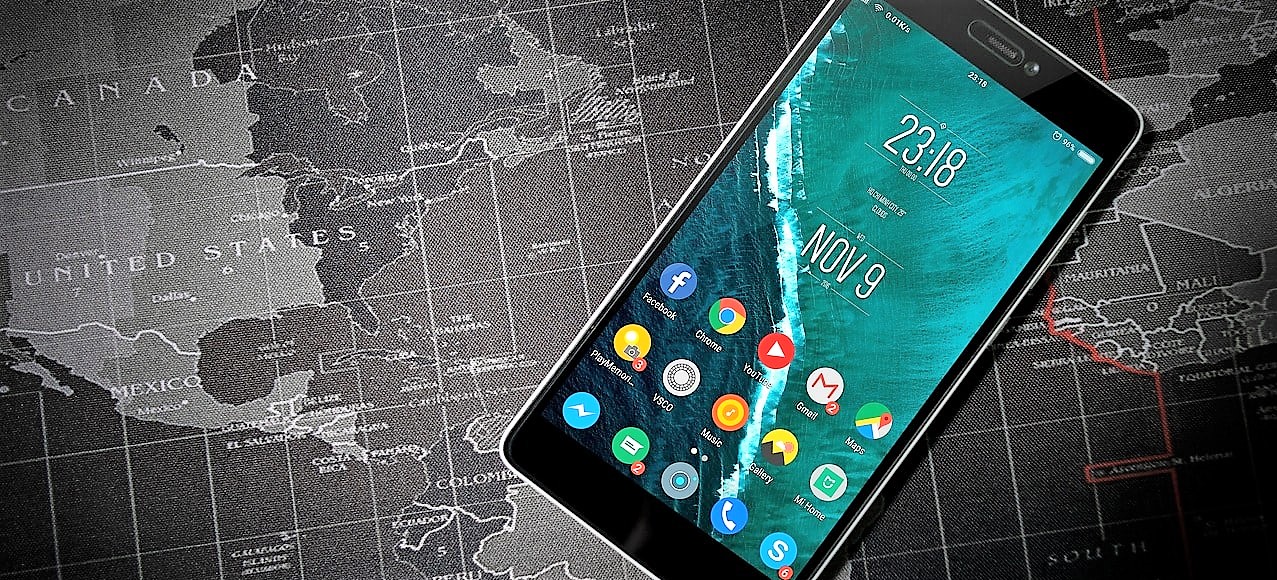2019 Jun 27
What is the best smartphone for a person with disabilities? There is no definite answer to this question and probably there is a different one for every single person. There are many aspects that might influence the decision.
In this article, we will focus on these three:
- Type of disability
- Previous experience
- Budget
Type of disability
First, what is the type of disability of the target user? Sensory, cognitive, physical? A combination? This is a good starting point to remove many models from the list but the number of options will still be very large.
The two dominating mobile operating systems, Android (Google) and iOS (Apple) offer off-the-shelf accessibility features for persons with different needs:
VoiceOver (iOS) or TalkBack (Android), screen readers for blind persons.
Switch Control (iOS) or Switch Access (Android) for persons with physical disabilities that cannot use a touchscreen with their hands.
Enhanced sound processing, closed captions, support of hearing aids, real-time text for persons who are deaf or hard of hearing.
Guided Access (iOS), reading support or custom home screens for persons with cognitive or learning disabilities.
Traditionally, it was accepted that iOS was ahead of Android in terms of accessibility. However Android has made a big move over the last years and we can say now that for most accessibility features, the two systems offer equivalent and valid solutions.
There are plenty of other smaller smartphone features, that although not specifically designed for accessibility, can also help disabled persons: zoom, voice access or colour inversion… Just browse through the internet and search for the features that the user will need. You will find plenty of reviews, even from end users, that will help you choose a short list of candidate smartphones. Note that accessibility support varies between versions of the operating system, and in Android, also between manufacturers.
Experience of the user with smartphones
The next two points we are going to talk about are not really disability specific, and they apply to any user choosing her new smartphone:
The previous experience of the user using smartphones is a very important detail to consider. We have seen many disabled persons that have never used a smartphone before. For them, learning to use the device itself is an additional challenge.
If this is the case, the best smartphones that we can recommend are “simpler” smartphones with not so many features, but that perform well on the main needs of the user (be it making or receiving voice calls, messaging through WhatsApp, or sharing experiences in Facebook). Note also that there may be apps that can help the user to perform certain actions independently of the mobile that she is using.
For new users, it is a good option to choose a custom home screen that will greatly simplify the process. For users that are already using a smartphone, better the devil you know than the angel you don’t. If they are happy with their current smartphone and its accessibility is good for them, a change of the brand or the operating system will require a learning process and may bring undesired surprises. This, however, should not prevent a change if the user is looking for a specific feature only supported in a new model.
Budget
Finally, the price of the new smartphone is an important aspect of the decision process of the best smartphone for a disabled user. Not everybody wants or can afford the latest and most expensive smartphone. If you are looking for a new accessibility feature that has just been announced, you will probably be forced to go for the newest phones in the top-end. But if you are looking for more standard functionality, even a low-cost phone might be sufficient for your needs. As an example, we at Mouse4all implement an accessibility app for persons with physical disabilities that works flawlessly on Android phones ranging from 60€ to 900€.
And one last advice: ask around before making the final decision. If you know someone that owns a smartphone that you are interested in, ask her about her impressions and what she likes and dislikes about it. And if you can borrow the phone for a couple of minutes, have a look at the accessibility settings and play with them to see how they can fit your needs.


